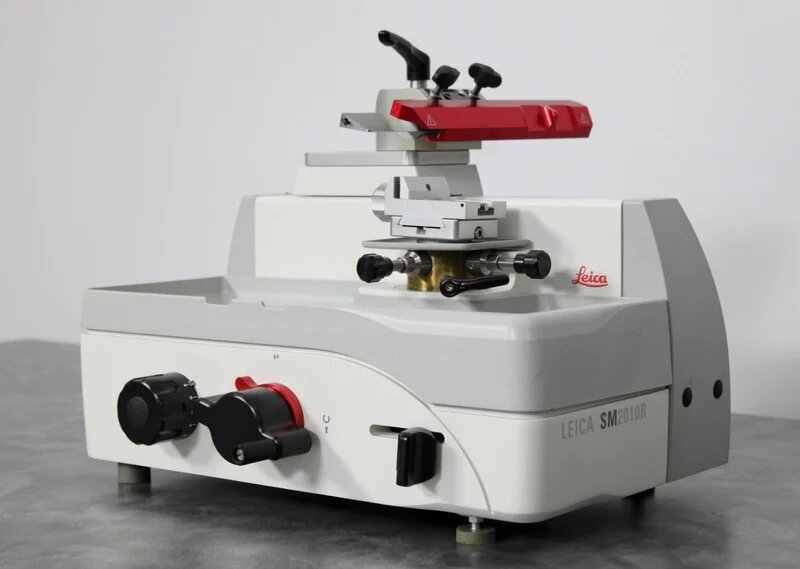Introduction
When it comes to preparing tissue samples for research, the right tool can make all the difference. Microtomes, the tools used to produce ultra-thin tissue sections, come in a variety of styles and models. The right microtome for you will depend on your specific research needs and the type of tissue samples you work with. In this article, we will go over some tips and factors to consider when choosing the right microtome for your research.
What is a Microtome?
A microtome is a specialized tool used to cut thin sections of tissue for use in research. These sections are critical for examining the structural and biological details of a tissue sample, and the precision of the sections produced will have a direct impact on the accuracy of your research findings.
Types of Microtomes
When it comes to choosing a microtome, there are two main types to consider: vibrating microtomes and rotary microtomes. Vibrating microtomes produce tissue sections using a vibrating blade, while rotary microtomes produce sections using a rotating blade.
Vibrating & Rotary Microtomes
Vibrating microtomes are often favored for their speed and ease of use. However, they can produce sections with some degree of variability in thickness.
Rotary microtomes, on the other hand, are slower but produce more consistent sections. The choice between a Vibrating & rotary Microtomes will depend on your specific research needs and the type of tissue samples you work with.
Factors to Consider When Choosing a Microtome
When choosing a microtome, there are several factors to consider:
Tissue Type: Different tissue types may require different cutting techniques, so it’s important to choose a microtome that is suited for your specific tissue sample.
Section Thickness: The thickness of the tissue sections you require will also impact the choice of microtome. Some microtomes are designed to produce ultra-thin sections, while others are better suited for thicker sections.
Sample Size: The size of your tissue samples will also impact your choice of microtome. Some microtomes are designed for use with larger tissue samples, while others are better suited for smaller samples.
Ease of Use: Consider the ease of use of the microtome you choose. Some microtomes require significant experience and training to use, while others are more user-friendly.
Cost: The cost of a microtome will also be a factor to consider. Microtomes can range in price from a few hundred dollars to several thousand dollars, depending on their features and capabilities.
Microtome Store
When it comes to purchasing a microtome, it’s important to choose a reputable supplier. Look for a supplier that offers a wide range of microtomes, including both vibrating and rotary models, and that has a reputation for providing quality products and excellent customer service.
Conclusion
Choosing the right microtome is an important decision that will have a direct impact on the accuracy of your research findings. By considering the factors discussed in this article, including your specific research needs, the type of tissue samples you work with, and your budget, you can find the microtome that is perfect for your needs. When it comes time to purchase a microtome, look for a reputable Microtome Store that offers a wide range of microtomes and that has a reputation for providing quality products and excellent customer service.
